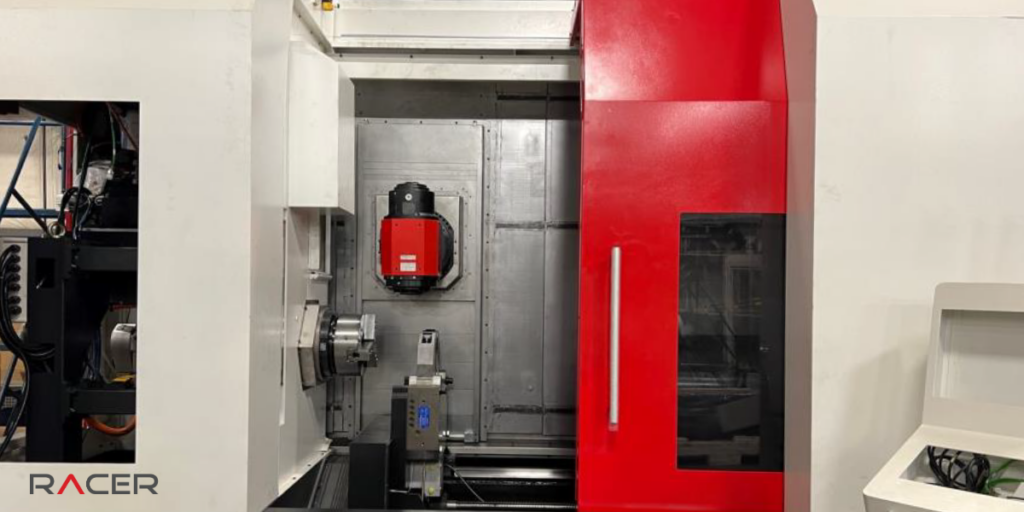
You may also like:
Advances in Multi-Axis Machining: Evolving Precision
Manufacturing Complex Components: Insights from Racer
Mechanics of CNC Machines: Mastering the Craft
How do CNC components drive machining?
In the intricate world of precision machining, CNC mechanical systems, the unsung heroes of the industry, stand as the driving force, orchestrating the symphony of movements that transform raw materials into finely crafted products. Join us on a journey behind the scenes as we break down the key components of CNC mechanical systems and unravel their functions in the precision machining process.
Decoding CNC Components
Control Unit: The Architect of Precision
At the heart of every CNC mechanical system resides the control unit, often likened to the brain of the operation. This component interprets the coded instructions from computer-aided design (CAD) files and orchestrates the movements of the machine. Think of it as the mastermind, translating digital blueprints into tangible realities.
Drive Systems: The Muscles in Motion
Encompassing the motors and mechanisms responsible for the dynamic movements of the CNC machine, drive systems play a crucial role. Servo and stepper motors drive the axes with precision, executing intricate tool paths. For example, in the aerospace industry, drive systems to craft complex shapes and geometries to produce airplane components.
Guideways and Ball Screws: Precision in Motion
Forming the backbone of CNC mechanical systems, guideways, and ball screws provide stability and precision in motion. Guideways guide machine components for smooth and controlled motion, while ball screws minimize friction and backlash. In the automotive industry, these components produce intricate gears and shafts.
Tool Changer: Efficiency Unleashed
Efficiency takes the spotlight with the tool changer, orchestrating swift and automated tool changes. It’s a ballet of seamless integration, reducing downtime and maximizing productivity. An example is the quick-change tooling system used in the medical device industry.
Spindle: The Precision Workhorse
The spindle emerges as the powerhouse, spinning cutting tools with grace. Its speed and precision directly impact machining quality. In the production of industrial valves, the spindle showcases precision and accuracy critical to performance.
Coolant Systems: Keeping It Cool
Precision machining generates heat, and coolant systems maintain optimal operating temperatures. These systems dissipate heat and remove chips and debris for a clean and efficient machining environment. They are commonly used in energy sector components like turbine blades.
Enclosures: Guarding Precision
More than protective shells, enclosures are guardians of precision, shielding CNC mechanical systems from external elements. Found in applications from medical implants to consumer electronics, enclosures contribute to longevity and reliability.
Workholding Devices: Holding It Together
Workholding devices secure raw materials during machining, ensuring stability and repeatability. Examples like the collet chuck in precision-turned parts showcase their role in achieving consistent precision.
Conclusion
Understanding the intricate dance of these components within CNC mechanical systems unveils the meticulous craftsmanship behind precision machining. By including examples and case studies, readers can better understand how these components work together in practice and how they can be applied to real-world scenarios. Additionally, simplifying technical language makes it more accessible to a wider audience unfamiliar with precision machining jargon.
Each element plays a distinct role, contributing to the symphony of movements that transforms raw materials into precision-crafted masterpieces. As we delve deeper into CNC machining, the appreciation for these behind-the-scenes components grows, revealing the harmonious blend of technology, engineering, and artistry that defines precision in manufacturing.
